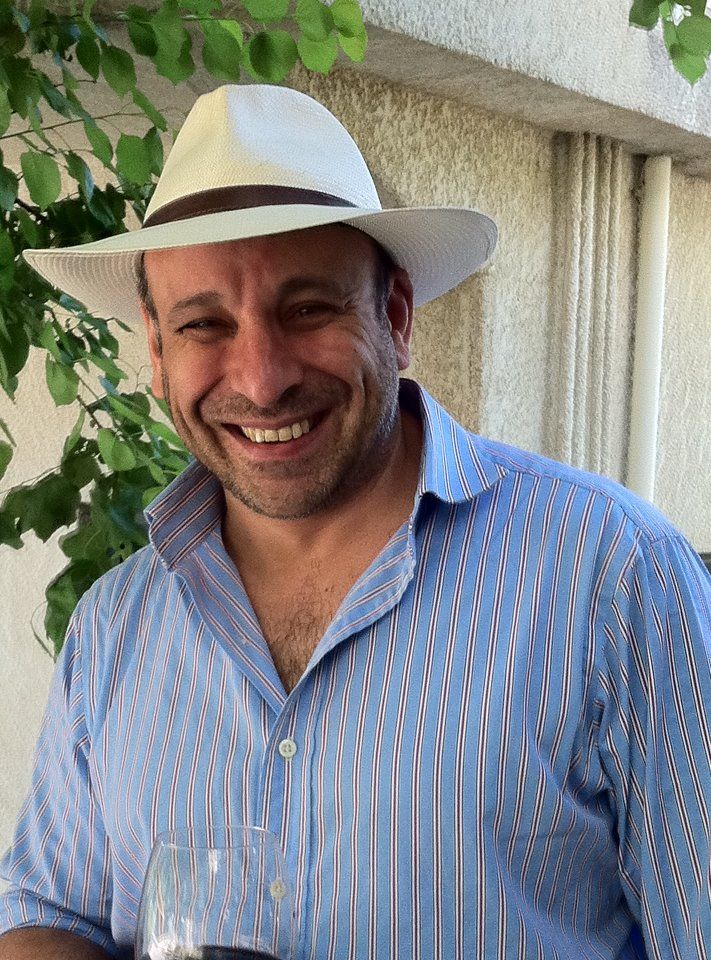Lebanese wine authority and commentator Michael Karam gives his personal assessment of how its wines have now evolved to “Super Leb” status
The year is 1991. Lebanon has just emerged from a useless 15-year civil war that claimed the lives of 250,000 people. Grape farmers, arak makers and investors dusted themselves down and noticed what had happened to the wine world in the intervening period and decided they wanted a piece of the action.
Had Lebanon not been making wine since the dawn of time? Surely there was room for one more country to dip its beak in the international market place, especially since plucky Serge Hochar of Chateau Musar had already opened the world’s eyes to Lebanon’s potential with his quirky reds, trippy whites and a dozen war stories.
And so the Lebanese set about doing what the Lebanese do best: making things of the finest quality. They decided they would plant the best grapes – les cépages nobles – oh how that tripped off their francophone tongues – dress their wines the best oak barrels and source the best bottles and other materiel. Screw caps? Tsk tsk tsk! There would be no skimping.
Nothing wrong with that. Very admirable in fact. The cheap stuff, the Cinsault, the Carignan and the white Obeideh would be for entry level wines, serving the local market and washing down kebabs in Lebanese restaurants from the Edgware Road to Ecuador.
They would conquer the real wine world with the premium reds and when Robert Parker came along and gave Chateau Kefraya’s Comte de M 96 a decent score, they all went weak at the knees. Not only was this validation of a strategy, but it also proved that Lebanon was no longer a one trick pony called Musar.
It also sowed the seeds for the creation of the “Super Leb” (I just coined that. Aren’t I clever?). The muscular “Chateau wines” filled to the gills with powerful Cabs, Merlot and Syrah – those noble grapes again – were impressive enough but the Comte de M (another name to make the Lebanese swoon) had cast a long shadow.
It was perceived as a cut above the best Lebanese and before long the major wineries rolled out their own stretch limos with suitably enigmatic names: Le Souverain – of course! – El, M, Syrah du Liban, Private Selection – what else? – and Family Reserve.
But there was one tiny problem. Before long, Lebanon developed a reputation for what critics called “international” style wines. They were indeed beautifully made and no expense was spared either in the aging or the presentation, but in our pursuit of excellence…or was it vanity…the conventional wisdom was that we had lost sight of where we were going as a wine producing country; that we were focusing on wines that most people couldn’t afford, let alone enjoy with a lump of cheese and salami or a plate of lasagna. But more importantly, how could we build an identity with a style of wine, the taste of which to the average palate could have from almost anywhere?
The critics concurred. “Great wines,” they said, but they didn’t really want to taste another bulked-up Bordeaux-Rhone blend or another woody Chardonnay even if it did taste like a decent Chablis.
They wanted something authentic; they wanted our aromatic Cinsault and Obeideh and our luscious Carignan; our sturdy Grenache and our succulent Mourvedre.
And until a few weeks ago, that was how I felt. Don’t get me wrong; we still aren’t doing enough to promote our adopted Mediterranean varieties and our native whites, BUT, and this where my epiphany kicked in, why can’t a tiny (9 million bottles) boutique country like Lebanon also celebrate our “Super Lebs”? (There! I just used it again)
And I’ll tell you why. Many wine drinkers actually like “international” style wines. They like extraction and like the taste of the finest oak money can buy. Fewer people than we think crave soul, authenticity and expression of terroir. Who outside the wine trade and a few dusty corners of geekdom obsesses over native grapes, zero intervention, lunar cycles and so on? Not many. Most people quite simply don’t give a fuck. They prefer their soul to be courtesy of Motown and just want to drink some bloody good wine and Lebanon can provide stunning and at a relatively affordable retail price of between £25 and £40.
So drink up and buy them while stocks last.
Michael’s 10 red Super Lebs (incl a Super Syrian*)
Le Souverain 08 – Château Ksara (Halgarten Druit)
Comte de M 10 – Château Kefraya (Lebanese Fine Wines)
Syrah du Liban – Domaine des Tourelles (Boutinot)
M – Chateau St Thomas (Lebanese Fine Wines)
El 09 – Ixsir (Enotria)
Reserve 09 – Massaya (Thorman Hunt)
Chateau Les Cedres 08 – Domaine Wardy (Lebanese Fine Wines)
Chateau Marsyas 11 (H2Vin)
Fleur de Ka 08 – Chateau Ka (Alliance)
Domaine Bargylus 10* (H2Vin)
Whites
Cuvee de Pape 14 – Château Ksara (Halgarten Druit)
Comtesse de M 14 – Château Kefraya (Lebanese Fine Wines)
Maquis des Beys 14 – Domaine des Tourelles (Boutinot)
El 14 – Ixsir (Enotria)
Private Selection 13 – Domaine Wardy (Lebanese Fine Wines)
Chateau Marsyas 14 (H2Vin)
Domaine Bargylus 09* (H2Vin)









































